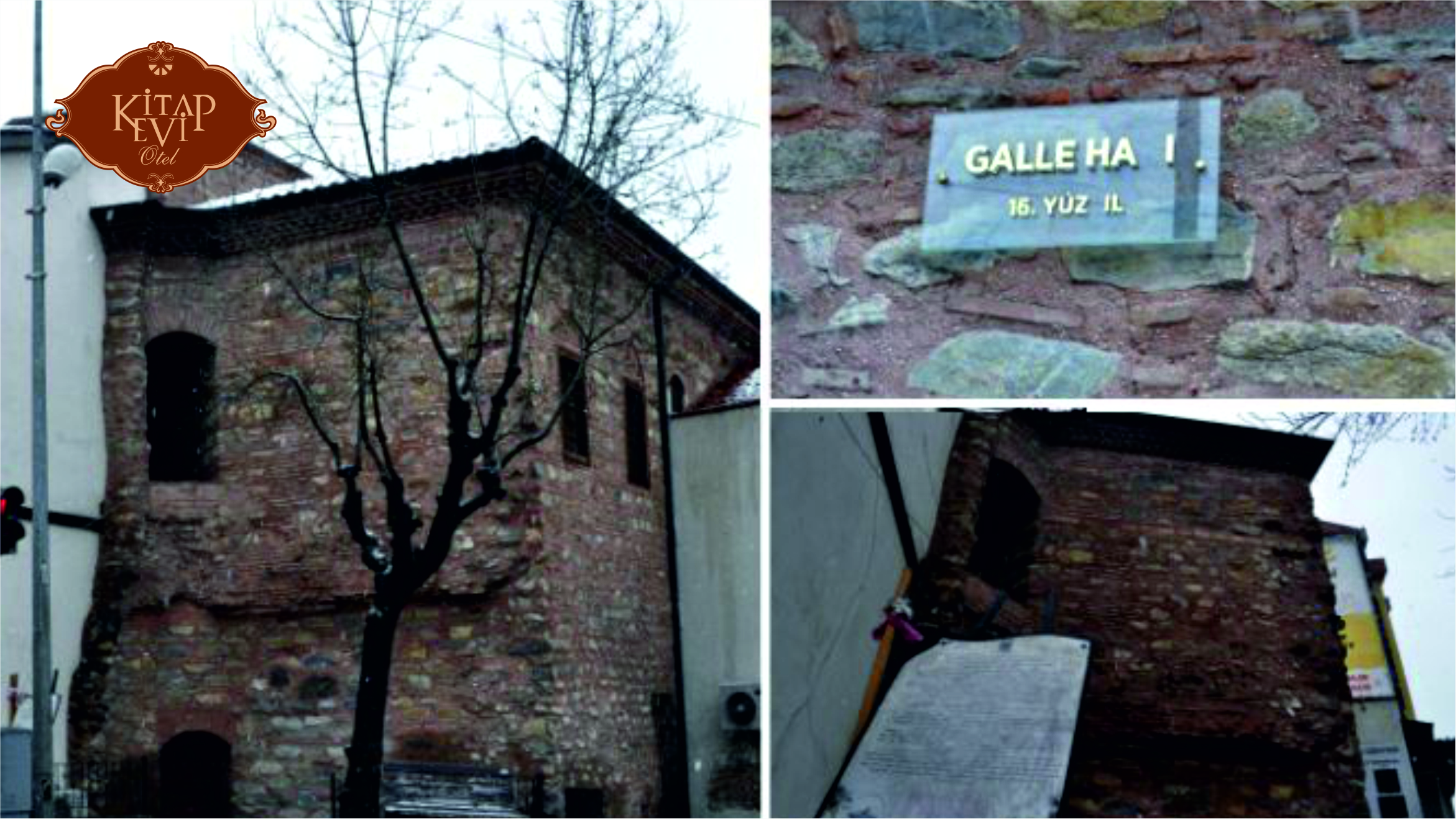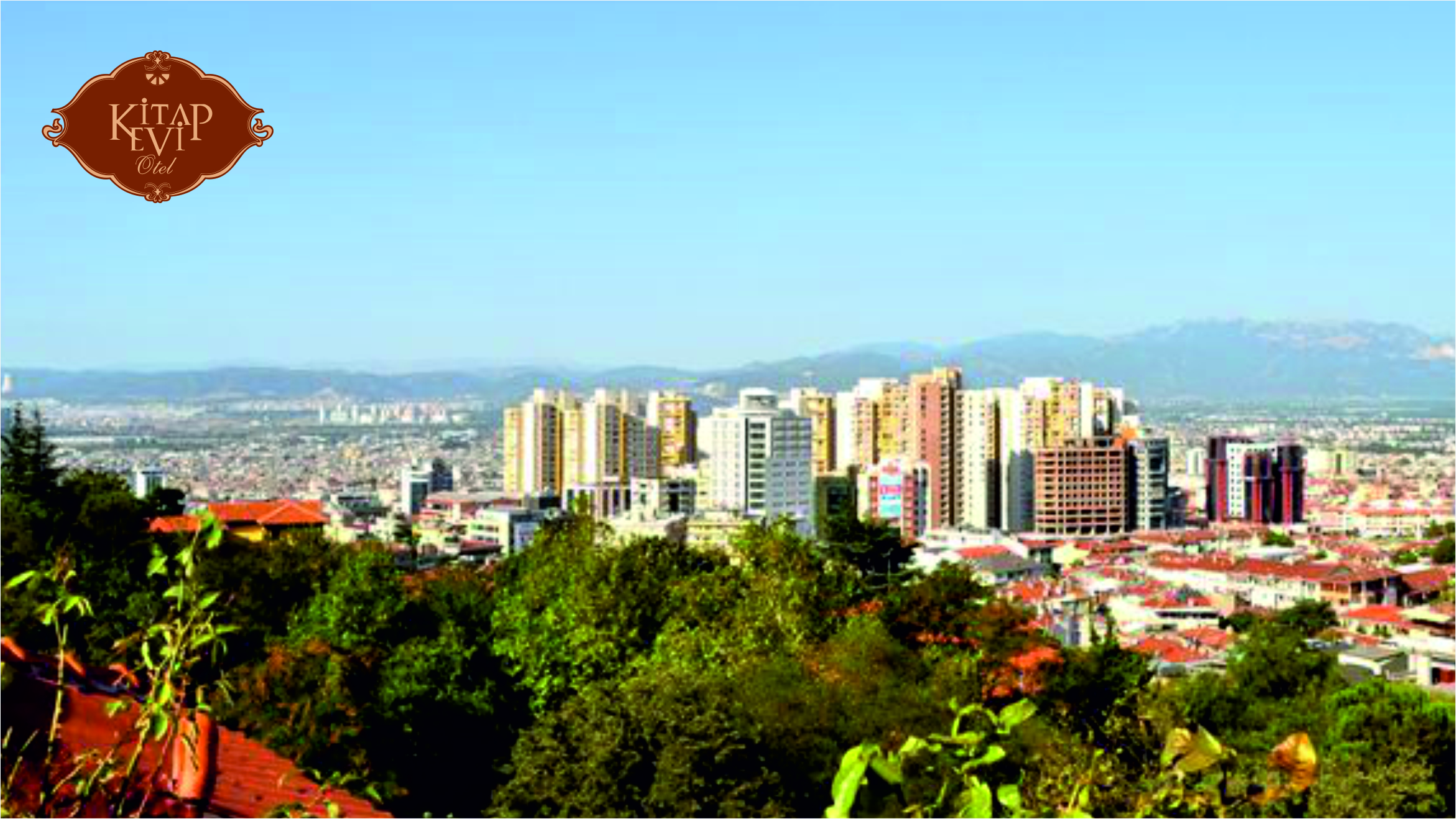While chatting with an American couple in the rooftop room of Kitap Evi, looking out over the Bursa plain, the interior designer among them asked,
"Which works by Mimar Sinan can we see in Bursa?"
Despite being one of the Ottoman Empire’s most treasured cities, Bursa has only one structure attributed to Mimar Sinan—the Galle Han, also known as the Grain Inn. Located at the intersection of Cumhuriyet and İnönü Streets, near Yiğit Köhne Mosque, this building remains only as a few walls and rooms. Also known as the Alizade Pasha Caravanserai, it was commissioned in the 16th century by Semiz Alizade Pasha, one of Sultan Suleiman’s grand viziers. As its name suggests, it functioned as a type of grain exchange, where wheat, barley, and other crops were traded.
The 1855 earthquake severely damaged the han, but the real blow came in 1906 when Cumhuriyet Street was constructed right through its center, splitting the structure in half and leaving it abandoned. Over time, the han deteriorated, and its ruins were further diminished by haphazard additions. In recent years, it has also suffered under reckless restoration attempts by municipal authorities. And so, Galle Han stands as the only known work of Mimar Sinan in Bursa—strange, isn’t it?
Research suggests that Sultan Selim II initially asked Mimar Sinan to design the tomb of Prince Mustafa, an unfortunate royal figure. However, Sinan reportedly refused, saying, "It is not possible, Your Majesty! This grand city carries the spirit of our ancestors—it has absorbed the essence that stretches from Asia to the Seljuks and then to the Ottomans. You can feel it, see it. I cannot impose my own voice upon it. If you see fit, entrust this duty to another architect."
How much of this story is true remains uncertain, but it is a beautiful legend nonetheless. These melancholic yet dignified narratives are what truly make a city. As we shared Bursa’s history with our guests, we reveled in its past—until we noticed their slightly skeptical, amused expressions.
We followed their gaze to the middle of the plain, where modern TOKİ housing developments stood, then shifted toward the artificial castle walls in front of Kitap Evi. How does one begin to explain an era of plunder and destruction? An era in which even Timur’s armies had done less damage to the city than today’s forces.
Softly, we suggested to our guests, "Let’s head inside…"
Inside, there are books, there is music…
Let’s linger here, waiting for another time to awaken.

